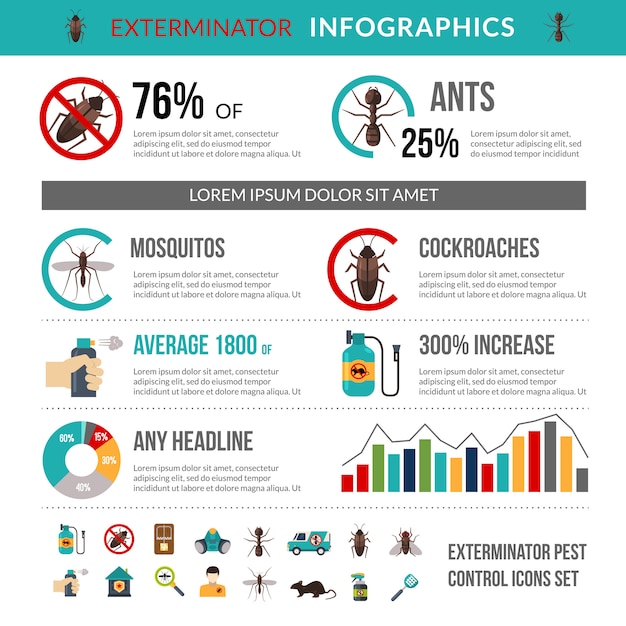Safeguarding Your Attic From Rats: Trick Guidance For Homeowners
Safeguarding Your Attic From Rats: Trick Guidance For Homeowners
Blog Article
Published By-Jenkins Cheek
Envision your attic room as a comfy Airbnb for rodents, with insulation as fluffy as hotel cushions and wiring much more attracting than room solution. Now, think of these unwanted visitors throwing a wild event in your home while you're away. As a home owner, ensuring your attic is rodent-proof is not almost assurance; it's about securing your building and liked ones. So, what straightforward steps can you take to guard your refuge from these furry trespassers?
Evaluate for Entry Information
To start rodent-proofing your attic, evaluate for entry points. Beginning by thoroughly examining the exterior of your home, looking for any openings that rodents might utilize to get to your attic room. Look for gaps around energy lines, vents, and pipes, in addition to any type of splits or openings in the structure or exterior siding. Make sure to pay very close attention to locations where various building materials meet, as these prevail access factors for rodents.
Additionally, evaluate Related Web Page for any type of damaged or missing out on tiles, in addition to any spaces around the edges where rodents can press with. Inside the attic, seek signs of existing rodent activity such as droppings, ate wires, or nesting products. Make use of a flashlight to completely inspect dark edges and covert areas.
Seal Cracks and Gaps
Evaluate your attic room thoroughly for any kind of splits and spaces that require to be sealed to stop rats from getting in. Rodents can squeeze through even the smallest openings, so it's essential to secure any type of possible entrance factors. Examine around pipelines, vents, cable televisions, and where the wall surfaces satisfy the roof. Make use of a combination of steel wool and caulking to seal off these openings effectively. Steel wool is an outstanding deterrent as rodents can not eat through it. Guarantee that all spaces are firmly sealed to reject access to unwanted insects.
Do not overlook the importance of sealing spaces around windows and doors too. Use climate removing or door moves to seal these locations effectively. Evaluate most effective flea treatment where utility lines enter the attic room and secure them off making use of an appropriate sealer. By taking the time to seal all cracks and voids in your attic, you create a barrier that rodents will certainly locate tough to breach. Avoidance is key in rodent-proofing your attic room, so be complete in your efforts to seal any potential access factors.
Get Rid Of Food Resources
Take aggressive measures to remove or store all potential food sources in your attic room to hinder rats from infesting the room. Rats are drawn in to food, so eliminating their food sources is critical in maintaining them out of your attic.
Here's what you can do:
1. ** Shop food safely **: Stay clear of leaving any kind of food products in the attic. Store all food in impermeable containers made of metal or sturdy plastic to avoid rodents from accessing them.
2. ** Tidy up debris **: Eliminate any type of piles of debris, such as old newspapers, cardboard boxes, or wood scraps, that rats might use as nesting material or food resources. Keep the attic room clutter-free to make it less enticing to rodents.
3. ** Dispose of waste correctly **: If you use your attic for storage and have rubbish or waste up there, make sure to get rid of it on a regular basis and correctly. Decaying garbage can draw in rodents, so maintain the attic room clean and free of any kind of organic waste.
Conclusion
To conclude, bear in mind that an ounce of prevention is worth a pound of treatment when it involves rodent-proofing your attic room.
By putting in the time to inspect for entrance points, seal splits and spaces, and remove food sources, you can maintain undesirable insects at bay.
Keep in mind, 'An ounce of prevention is worth a pound of treatment' - Benjamin Franklin.
Stay proactive and safeguard your home from rodent invasions.
